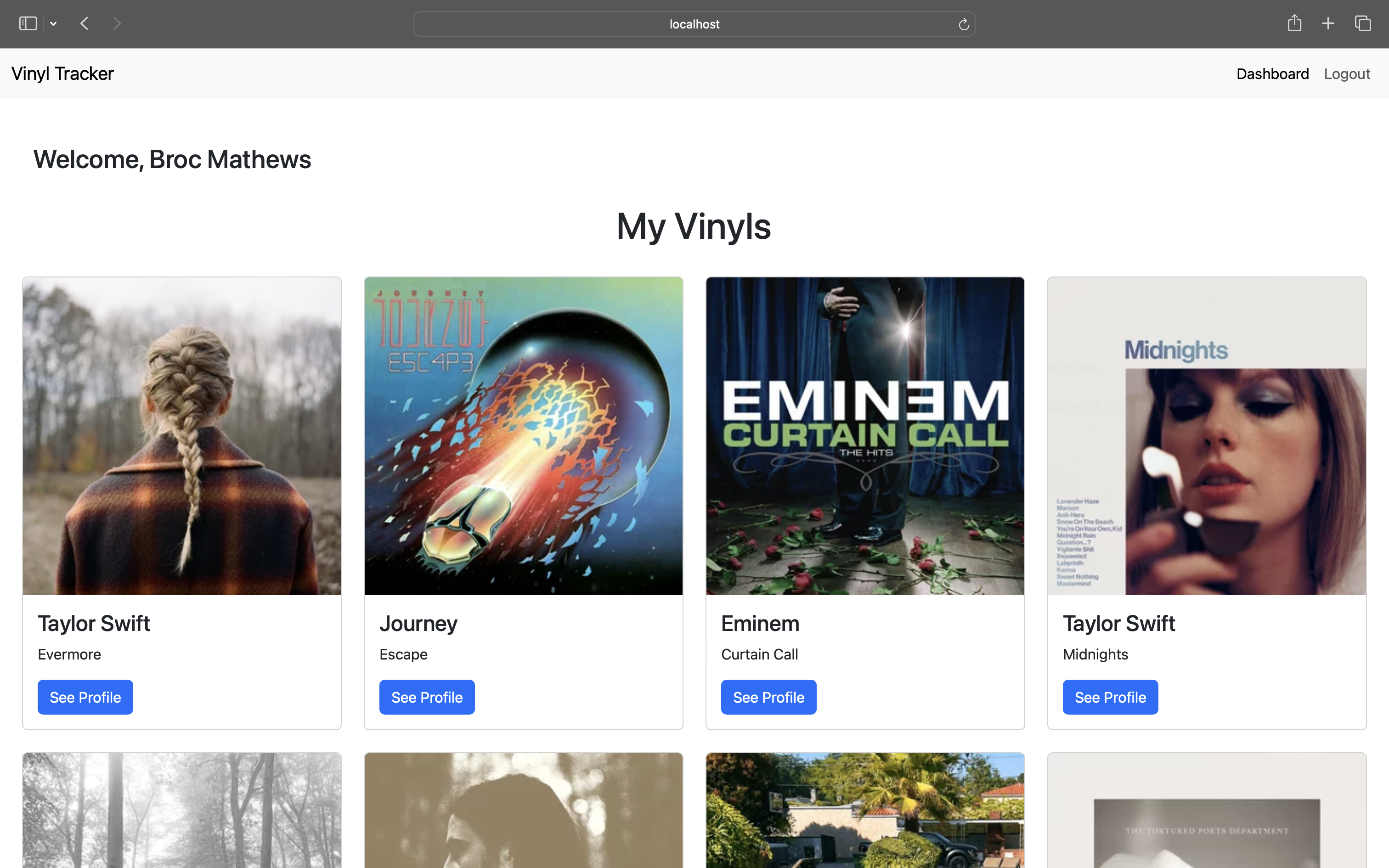The vinyl tracking system is the first personal project I have completed. My main goal was to demonstrate the new application development skills I had learned while implementing a few new skills as well. The pages are written in HTML. I used Bootstrap for the CSS stylesheet. The data is all stored in mySQL. This was my first time implementing an API into an application. I used last.fm in order to get the cover art for each album along with the album information for the profile pages. Through this process I learned how to efficiently traverse data in JSON form while utilizing REST API.
GitHub RepositoryPersonal Projects

School Projects
This camp reservation website was created for my web development with .NET class. It was a group project that had little to no instruction from the professor. We were given a "customer" who had requirements and we as a group had to decide how to approach creating it. It was a great learning experience. We used the MEAN web stack (MySQL, Express.js, AngularJS, and Node.js) and attempted to utilize an AGILE approach to creating it. The main features of this web app are creating and managing an account, creating and managing reservations, reservation management by an admin, and a simulated purchasing environment.
The banking project I completed was done in a similar approach to the camp reservation project, however it was a solo project and more lead by my professor. He provided the requirements and we had to build it from scratch. It was a great opportunity to strengthen my skills in both frontend, backend, and database development. The main features in this application are creating an account, depositing money, transferring money, admin management, and employee management.


This project was for my The Internet of Things class. In this class we learned about IoT devices and the different practical uses. Throughout the course we created different guided projects in order to learn the capabilities of our Arduino board. We utilized tools such as a moisture sensor, a motion sensor, and the sensors built into our IoT Arduino board. At the end of the semester we were given the freedom to create whatever we could think of. I decided to create a dog feeder. The Arduino board was connected to a cardboard box and utilized the motion sensor, moisture sensor, and a small motor. The motion sensor tracked interaction between the system and the dog. The moisture sensor tracked whether or not the water bowl was full. The motor was used to open and close a small hole at the bottom that would allow dog food to flow out on demand.